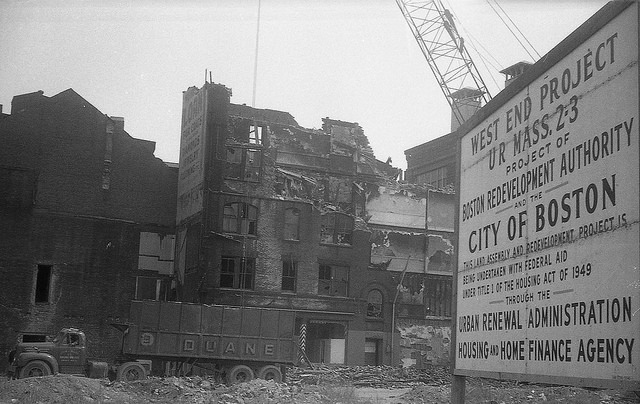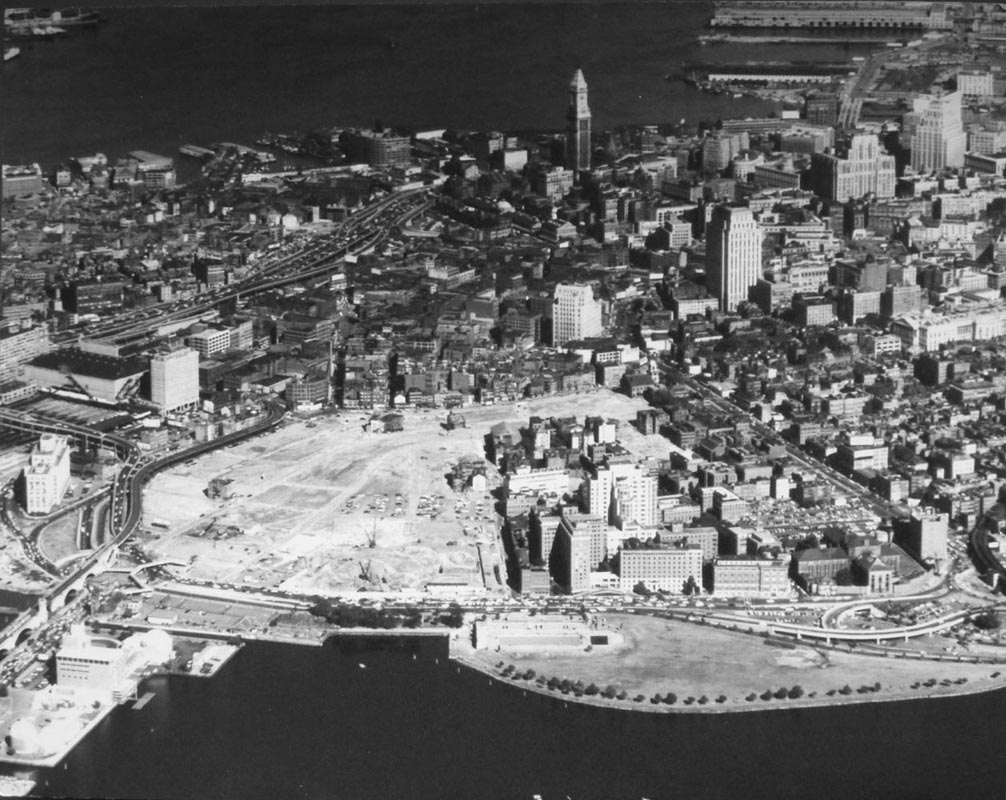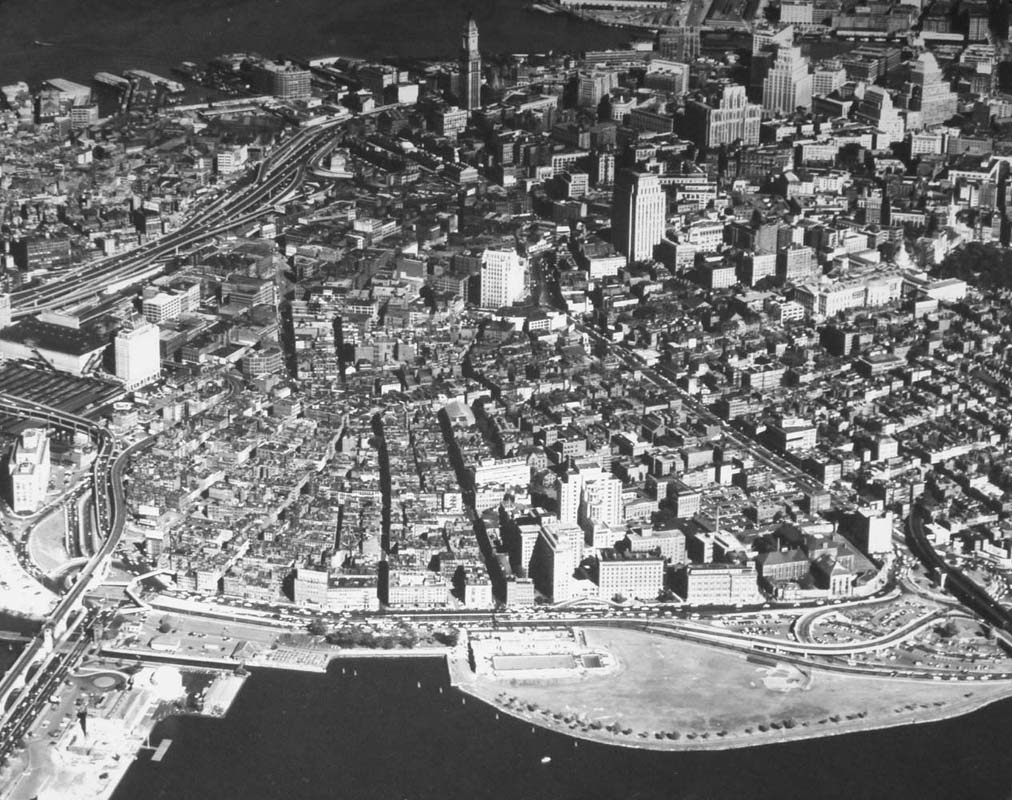A History of Jewishness in Boston
History has dictated an antisemitic story for the Jewish community. Throughout history, Jews have been used as space goats for the tragedies humanity has been through: from the Black Plague to Germany’s defeat in World War I, which led to the genocide of six million Jews in the Holocaust. From the necessity to find a safe haven, Jewish migrations have occurred in many landscapes, Boston being one itself. Jews arrived in Boston in the early 1600s but they only established permanent institutions almost two centuries later, with Moses Michael Hays’s arrival to the city in 1776. However, Puritan intolerance forbade Jews to preach their religion at any of their institutions. Nonetheless, a few notorious Jewish figures emerged in Boston’s history: Hays, a Portuguese Sephardi and a patriot prospered as a merchant in Boston which allowed him to participate in the founding of the Massachusetts Bank (today’s Bank of America) and donate to Harvard and the Boston Common.
Even though Boston had already received Jewish immigrants, the religiously intolerant atmosphere made Boston the last of the early cities to attract a stable Jewish community. It was not until the mid-19th century that an organized Jewish community, free to practice its religion, took shape. During the 1880s, with the anti-semitic persecution in Eastern Europe, Boston experienced exponential Jewish immigration where they first settled in Boston’s South End and later moved to the North End, East Boston, and West End. According to the New England Historical Society’s website, “by 1910 the West End had a Jewish population of 24,000; the South End had 8,000; East Boston 5,000.” Likewise, the Jewish Virtual Library reveals that later, the “community spread southward to Roxbury, Dorchester, Mattapan, and westward to Brookline.” As of 2016, Jews make up 7% of the city’s population (Jewish Virtual Library). When analyzing the Bostonian landscape in relation to the Jewish community, it is accurate to say that during certain periods, Jewish neighborhoods existed: North End and West End in the 1880s, Dorchester and Roxbury in the 1900s. However, the city as a whole has some degree of Jewish occupancy within its history since the Jewish community tended to migrate around the city as suburban areas became urban.
During the 20th century, Jews began to leave the city as anti-Jewish crimes peaked during the Great Depression and the Second World War. The end of World War II and the popularity of the suburbs contributed to the declining metropolitan Jewish population which was later reinforced with the implementation of red-lining practices in the late 1960s. The community left to cities outside of Boston, creating new Jewish-concentrated areas in cities such as Brookline, Sharon, and Newton. Today, the epicenter of Jews in Boston is in the Coolidge Corner area of Brookline. By examining the landscape, we can see the traces of the Jewish community amongst the city, as well as the reasons why they decided to (or were forced to) leave the neighborhood. On our tour, you will be able to observe several locations where the community settled, establishments/commerce they frequented, memorial sites that remember the community’s history, and places of worship.
The course ‘Cities, Landscape, and Modern Culture’ focused on 18th-century to present-day projects and designers, examined contextual factors and resulting formal, spatial, organizational, and material characteristics of built works. Therefore, the sites featured in our transect resonate with the course’s major themes: by choosing Boston as our case study, we were able to analyze the entangled Jewish histories and how urban segregation and landscape preservation allowed them to apply the theories of environmental ethics and justice. The thematic tour gives us the opportunity to understand the ‘why’ behind each site as well as the obstacles the Jewish community faced as well as their efforts to overcome them. While elaborating our project, we always looked back to see if we answered questions about the built environment and its relationship between natural and social systems throughout the historic and narrative Jewish perspective.
In our transect, we recall the old West End: a neighborhood composed of immigrants and a site of cultural exchange. By the early 1900s, the West End was predominantly Jewish and Italian. However, in an effort to establish the American identity, laws were enacted to limit the number of immigrants entering the country. About 20 years later, one-third of the city was demolished, including the West End, for the sake of urban development. Communities, such as the Jewish and Italian communities living in West End, were sacrificed and displaced for the Bostonian landscape. Just as Native Americans and African Americans were displaced for the construction of public parks by Frederick Law Olmsted, the Jewish community also experienced segregation by the leading white-American class. Similar to redlining practices, the Title One of the Housing Act of 1949 initiated what became known as the “urban renewal” plan. Funding was given to purchase areas of the cities that were considered as “slums” and later given to private developers to initially construct new low-to-moderate-income buildings which eventually became luxury housing. While this urban renewal forced the removal of the Jewish population, present-day Boston still experiences the legacy of this vibrant and influential group. Jewish symbols such as the Star of David and letters in Hebrew are all around Boston. If you observe the landscape closely, we can attest that Jewish culture is still present all around us. As we highlight in our transect, current churches were originally synagogues and we encourage our audience to analyze the built environment and look for hints that untangle the stories of Jews within the Emerald Necklace.
Urban Renewal: Courtesy of the West End Museum’s archives



Catalina Zuleta & Guila Gateño
A History of Jewishness in Boston
On our Emerald Necklace Transect, you will be able to observe several sites and locations where the Jewish community of Boston settled. establishments/commerce they frequented, memorial sites that remember the community's history, and places of worship.
Keywords: Jews in Boston, Jewish history, Jewish immigration.
References
The West End Museum. (2021). Immigrant era. https://thewestendmuseum.org/history-of-the-west-end/immigrant-era/.
The West End Museum. (2021). Urban Renewal. https://thewestendmuseum.org/history-of-the-west-end/urban-renewal/.
Jewish Virtual Library. (n.d). Boston, Massachusetts. https://www.jewishvirtuallibrary.org/boston.
Yiddish Book Center. (n.d.). Jewish neighborhoods: Boston. https://www.yiddishbookcenter.org/language-literature-culture/wexler-oral-history-project-films-features-news/features/jewish-neighborhoods/boston.